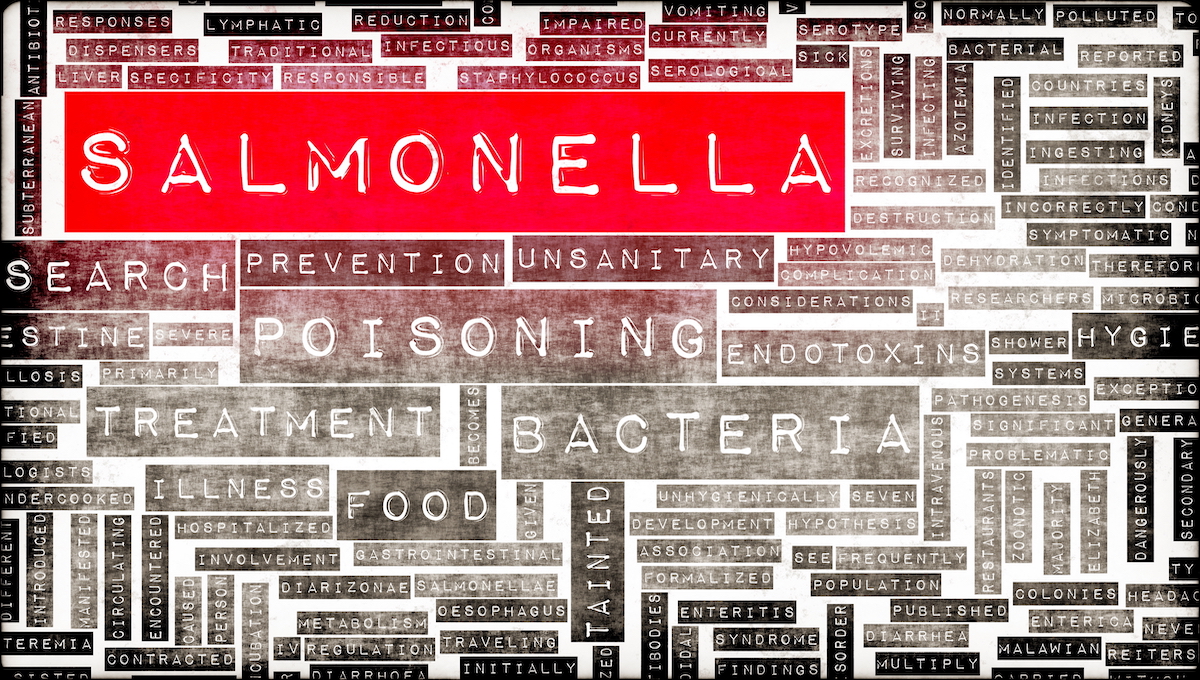Authorities in Sweden are investigating a national outbreak of monophasic Salmonella Typhimurium which has affected almost 40 people.
Folkhälsomyndigheten (Public Health Agency of Sweden) reported that the source of the infections is still unknown.
During September, there was an increase in the number of cases of Salmonella. The outbreak was identified thanks to Folkhälsomyndigheten’s microbial surveillance program. The latest date of illness onset is Sept. 6.
Ongoing investigation
To date, 36 illnesses from 10 counties have been linked by whole genome sequencing. Most patients live in Västra Götaland, Jönköping, Halland, and Dalarna.
Those ill come from all age groups, including children and the elderly. More women, 22, than men, 14, have become ill.
Local authorities, Livsmedelsverket (Swedish Food Agency) and Folkhälsomyndigheten are investigating the outbreak to identify the source of infection that is suspected to be a food widely distributed in Sweden.
People are being interviewed about what they ate the week before illness, with the aim of identifying common suspect foods.
The outbreak strain has multilocus variable-number tandem-repeat analysis (MLVA) pattern 3-12-11-N-211.
In 2018, isolates from 864 Salmonella cases were typed; 91 percent were infected in Sweden and 18 percent had been infected abroad. Among cases infected in Sweden, Enteritidis, typhimurium and monophasic typhimurium were the most common serotypes.
Swedish food controls
Most people infected with Salmonella develop signs 12 to 72 hours after being exposed to the bacteria. Symptoms can include diarrhea, fever, abdominal cramps and vomiting that lasts for several days.
Otherwise healthy adults are usually sick for four to seven days. Older adults, children, pregnant women and people with weakened immune systems, such as cancer patients, are more likely to develop a severe illness and serious, sometimes life-threatening conditions.
Meanwhile, a report has found controls in the food chain generally work well in Sweden but the follow-up of how companies address deficiencies needs to be improved.
Monitoring the impact of controls and companies actions is difficult to follow at a national level because of a lack of detail. Businesses need to address any deficiencies identified so food is safe to eat. Follow-ups help to see what type of production poses the highest risk and needs the most controls.
How many companies are controlled is about the same as in previous years and checks detected the same types of deficiencies.
The annual report on Sweden’s control of the food chain was sent to the European Commission last month.
(To sign up for a free subscription to Food Safety News, click here.)

